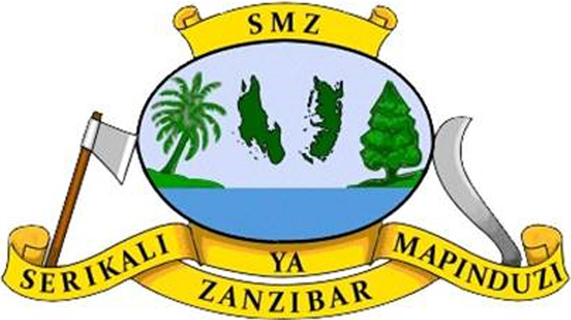Subject and Topic
Description
- Predict how current will change when resistance of the circuit is fixed and voltage is varied.
- Predict how current will change when voltage of the circuit is fixed and resistance is varied.
Language
English
Resource Type
Publisher
pHET Interactive Simulations
Publication Date
Copyright Licence
Copyright Holder


